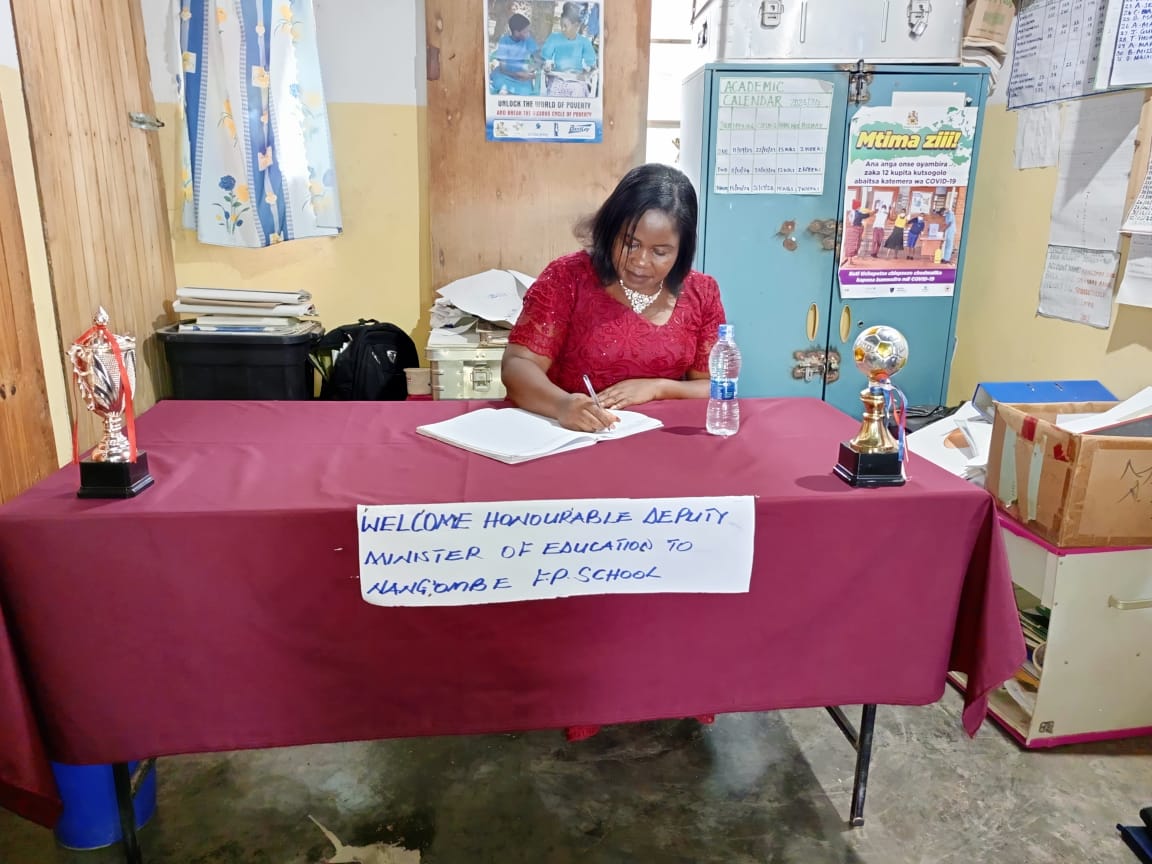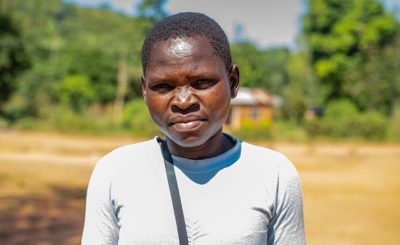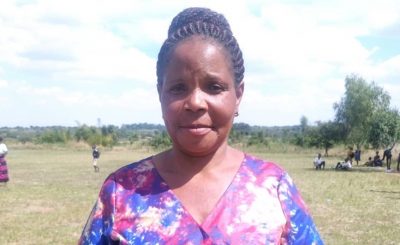Government has admitted that inadequate teaching and learning resources continue to be major challenges affecting the country’s education sector.
Deputy Minister responsible for education Nancy Chaola Mdooko made the acknowledgement yesterday when she inspected progress of the Malawi Education Reform Programme (MERP) in some primary schools in Thyolo and Mulanje districts.
In an interview after inspecting Nang’ombe Primary School in Thyolo, Chaola Mdooko said most schools are lacking houses for teachers and classrooms.
She said: “The reason is to improve the quality of education. As a ministry, our target is 2030 to ensure that every school has learning classroom blocks.
“It is the wish of the Ministry that we train more teachers not training only but also employing them.”
MERP aims at improving the learning environment in lower primary school.
Speaking earlier, Senior Chief Mkanda in Mulanje hailed government for considering erecting changing rooms for female learners and recruiting learner mentors.
“I am very happy that we are receiving these projects in my area. With these twin classrooms being erected at this school, it will provide room for learners to be learning in class. This is what people of this area wanted,” she said.
On his part, head teacher for Nang’ombe Primary School McDonald Kumanga said he is optimistic that once the construction works are completed, the project will positively improve learning and teaching at the school.
“We commend the government and its development partners for considering Nang’ombe Primary School, we are sure that once these projects are completed, we will have a good learning space and that translates to good service delivery,” he said.
The two primary schools have benefited from MERP with School Improvement Grant, Auxiliary Teachers, Learner Mentors, School Leadership Programme, and Common Zonal Tests.
Bankrolled by the World Bank, Global Partnership for Education and the Malawi Government, the MERP is being rolled out in all the 34 education districts across the country.





